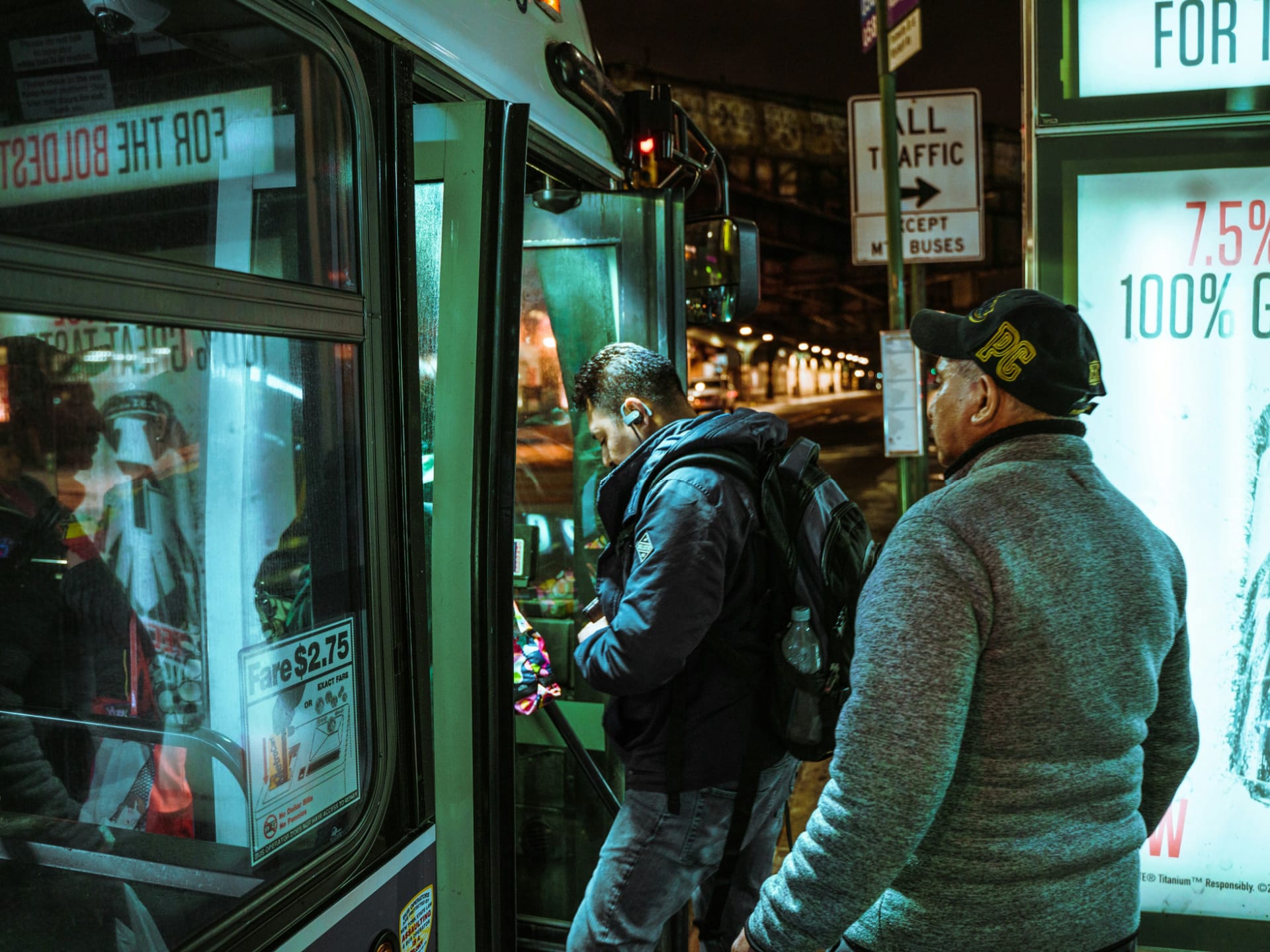Nov. 11, 2024 |
5 W Main: Polarized by Degrees. Donald Trump won last week’s U.S. presidential election with a surge of working-class support. In 2020, American voters who made less than US$50,000 voted against Trump by 11 points; this time, they voted for him by 3 points—a fact that not only Democrats but more than a few journalists are struggling to make sense of. Why would such a rich man, who made such a policy priority of cutting taxes for the wealthy, get such backing from America's working class?
There’s going to be a lot of accounts to sift through—among them:
- Many Americans have been experiencing economic hardship. The cost of groceries, for instance, has risen considerably since Trump's presidency, and low-income households have felt that most acutely.
- Vice President Kamala Harris was more concerned with demonstrating that she wasn’t a political radical, as Republicans claimed, than she was with appealing to working families—and in the weeks leading up to the election, she stumped with Mark Cuban, the billionaire, more times than with Shawn Fain, the president of the United Auto Workers, one of America's most prominent labor unions.
- Per internal recriminations, the Democratic Party has for years been losing sight of the working class altogether.
But as Matt Grossmann and David A. Hopkins explore in their new book Polarized by Degrees: How the Diploma Divide and the Culture War Transformed American Politics, there's another, long-term trend at play between America’s political parties—with the Democrats having become the party of credentialed elites and the Republicans now attracting the support of most non–college-educated voters. Which, Grossmann and Hopkins write, helps make sense not only of the parties’ changing cultures but of the cultural issues they fight over.
—Gustav Jönsson

